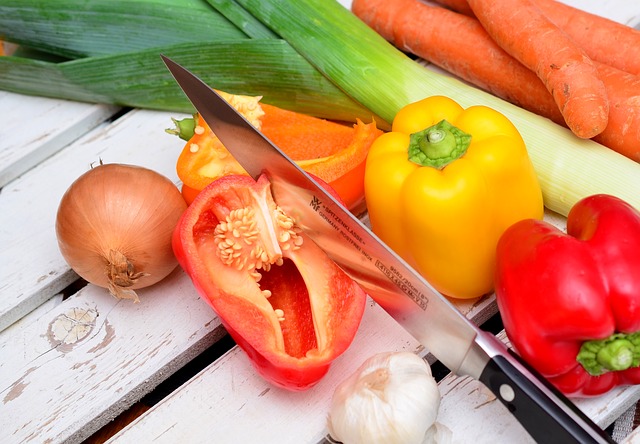
About food use-by and best-before dates
Most packaged foods with a shelf life of less than 2 years must have a ‘best-before’ or ‘use-by’ date stamped on the box, wrapper or bottle.
The ‘best-before’ date gives you an idea of how long the food will last before it loses quality. A product will remain fresh and of good quality right up to the ‘best-before’ date (and sometimes beyond), if it is properly stored in accordance with any storage conditions on the food label, both at the store and at your home.
It may still be safe to eat those foods after the ‘best-before’ date, but they may have lost quality and some nutritional value.
Foods that should not be consumed after a certain date for health and safety reasons must have a ‘use-by’ date.
Bread is an exception – it can be labelled with a ‘baked on’ or ‘baked for’ date if its shelf life is less than 7 days.
Reliability of use-by and best-before dates
Manufacturers usually choose a ‘best-before’ date well before the time when the food would be expected to deteriorate and spoil.
A conservative ‘best-before’ date is designed to encourage you to eat the product while it is fresh and at its best, so you should consider ‘best-before’ dates as a guide only. Frozen and canned products, in particular, tend to keep their quality for some time after the ‘best-before’ date.
Within reason, provided the food looks and smells as you would expect, it should be safe to eat, even if the ‘best-before’ date has passed. Keep an eye on the ‘use-by’ or ‘best-before’ dates on the food in your cupboards.
Don’t eat any food that is past its ‘use-by’ date, even if it looks and smells okay.
Food needs proper storage
Whether or not a product keeps fresh and edible right up to the ‘use-by’ or ‘best-before’ date depends on how it is stored. The food label must provide the directions for use and storage needed to meet the ‘use-by’ and ‘best-before’ dates.
Many foods need to be kept at certain temperatures, either in the fridge or freezer. For instance, fresh milk needs to be refrigerated. If a carton of milk is left out on the kitchen bench, it will quickly sour, regardless of its ‘best-before’ date.
Check the packaging
Foods can become spoiled well before their ‘use-by’ or ‘best-before’ date, either because their packaging has been damaged or they weren’t transported or stored properly before sale.
When you buy food, check for dents, leaks and tears in the packaging. If you can see any sign of damage, don’t buy the product, as it might be contaminated with bacteria.
Many products, such as dairy foods, need to be kept at a low temperature to avoid spoilage.
Don’t buy any foods that need to be chilled or frozen if they are sitting on unrefrigerated shelves, or stacked in overfilled fridges.
Collect cold and frozen foods last
When shopping, collect your cold and frozen foods last of all.
These foods could spoil before their ‘best-before’ date if they are allowed to get warm. It is often best to keep them in a cooler bag while travelling home.
As soon as you arrive home with your groceries, put away your cold and frozen foods first.




